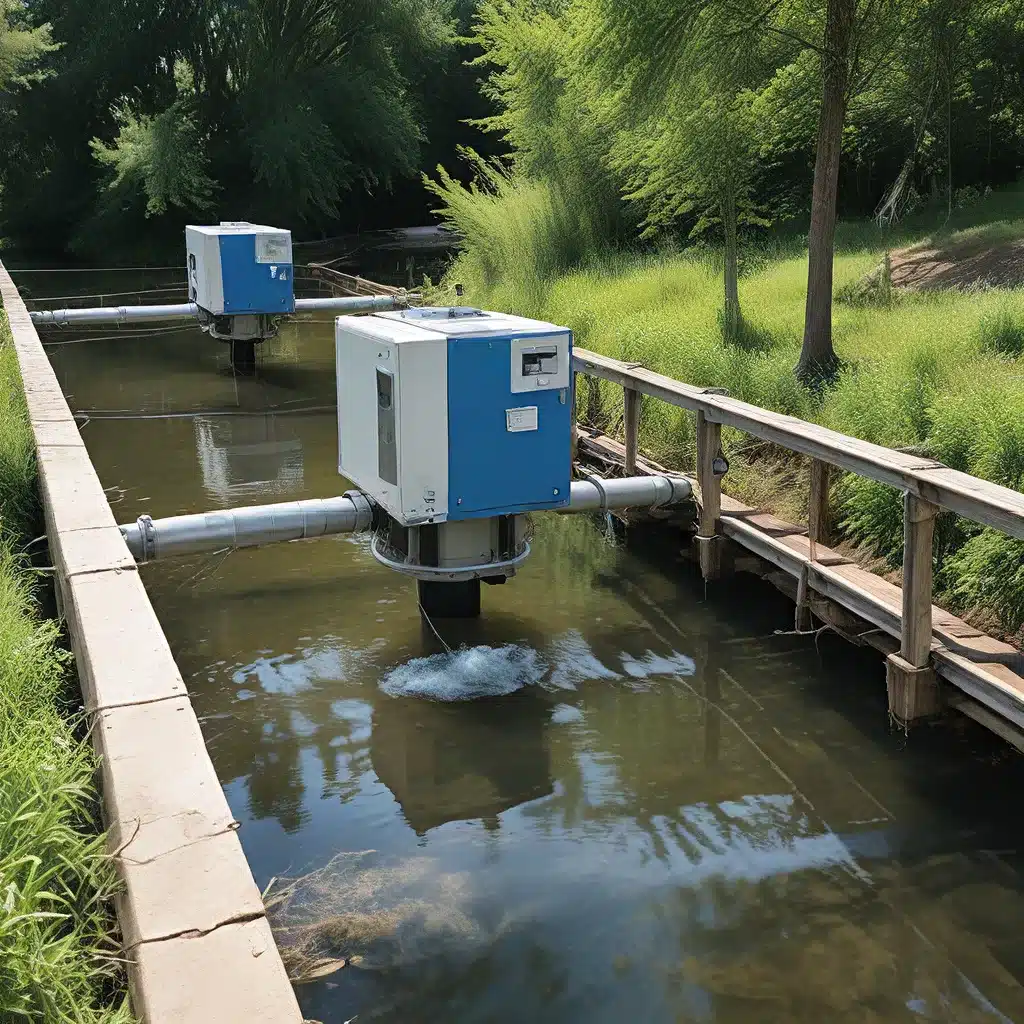
In the world of aquarium keeping, maintaining optimal water quality is paramount for the health and well-being of your aquatic inhabitants. Gone are the days when water testing and monitoring were cumbersome, time-consuming tasks. The advent of automated water quality monitoring systems has revolutionized the way aquarists approach this critical aspect of aquarium care.
Revolutionizing Aquarium Water Management
Automated water quality monitoring systems leverage the power of cutting-edge technology to provide aquarists with unprecedented insight into the state of their aquarium’s water. These innovative solutions utilize a network of strategically placed sensors to continuously gather data on a range of parameters, including pH, dissolved oxygen, temperature, turbidity, and the presence of specific contaminants.
One of the key advantages of these systems is their ability to scale seamlessly, allowing aquarists to monitor water quality across multiple aquariums or even large bodies of water, such as ponds or lakes. This scalability is particularly valuable for commercial aquarium facilities, public aquariums, and enthusiasts with expansive setups.
Enhancing Operational Efficiency
Automated water quality monitoring systems not only gather data but also transmit it wirelessly to a central hub or cloud-based platform, enabling remote monitoring from any location. This feature is a game-changer, as it eliminates the need for manual on-site testing and allows aquarists to stay informed about their aquarium’s water quality in real-time, no matter where they are.
Moreover, these systems leverage advanced analytics and machine learning capabilities to identify patterns, correlations, and anomalies in the water quality data. This powerful data processing enables proactive decision-making and early detection of potential issues, drastically reducing the risk of water quality-related problems and their associated consequences.
Maximizing Cost-Effectiveness
Investing in an automated water quality monitoring system can also prove to be a cost-effective solution in the long run. By automating data collection and transmission, these systems reduce the need for frequent site visits and manual sampling, saving aquarists valuable time and resources.
Furthermore, the ability to scale these systems to monitor multiple locations simultaneously can lead to significant cost savings, as it eliminates the need for multiple independent monitoring setups.
Leveraging Alerts and Notifications
One of the standout features of automated water quality monitoring systems is their ability to generate alerts and notifications when parameters exceed predefined thresholds or unusual patterns are detected. These alerts can be sent directly to aquarists, water management authorities, or environmental agencies, enabling prompt action to mitigate potential risks and maintain optimal water quality.
This early warning capability is particularly valuable in situations where water quality issues could have dire consequences, such as fish die-offs or the proliferation of harmful algae. By empowering aquarists to respond quickly, these systems help prevent further degradation of water quality and ensure the long-term health and vibrancy of aquatic ecosystems.
Fostering Data-Driven Decision-Making
Automated water quality monitoring systems don’t just collect and transmit data; they also provide a wealth of historical information that can inform data-driven decision-making. By analyzing long-term trends and patterns in water quality, aquarists can evaluate the effectiveness of their water treatment strategies, identify areas for improvement, and make informed decisions regarding resource allocation and aquarium maintenance.
This data-driven approach not only enhances the overall management of aquarium water quality but also enables aquarists to conduct research, collaborate with experts, and contribute to the broader understanding of aquatic ecosystems.
Integrating with Existing Systems
One of the key advantages of automated water quality monitoring systems is their ability to integrate with existing water management infrastructure. For example, data from IoT sensors can be used to optimize the operation of water treatment plants, ensure compliance with regulatory standards, or trigger actions like adjusting chemical dosing based on real-time conditions.
This seamless integration allows aquarists to leverage their existing investments and streamline the management of their aquarium’s water quality, ultimately leading to improved efficiency, compliance, and overall water management outcomes.
Embracing the Future of Aquarium Care
As the aquarium hobby continues to evolve, the adoption of automated water quality monitoring systems will become increasingly crucial for aquarists who strive to provide the best possible care for their aquatic inhabitants. By unlocking the potential of these innovative technologies, aquarists can elevate their aquarium management practices, ensure the long-term health and vitality of their aquatic ecosystems, and contribute to the broader advancement of the aquarium hobby.
To learn more about the benefits of automated water quality monitoring systems and how they can transform your aquarium care, be sure to explore the comprehensive resources available at King Aquarium. With expert insights and practical guidance, you’ll be well on your way to mastering the art of aquarium water management and unlocking the full potential of your aquatic ventures.

